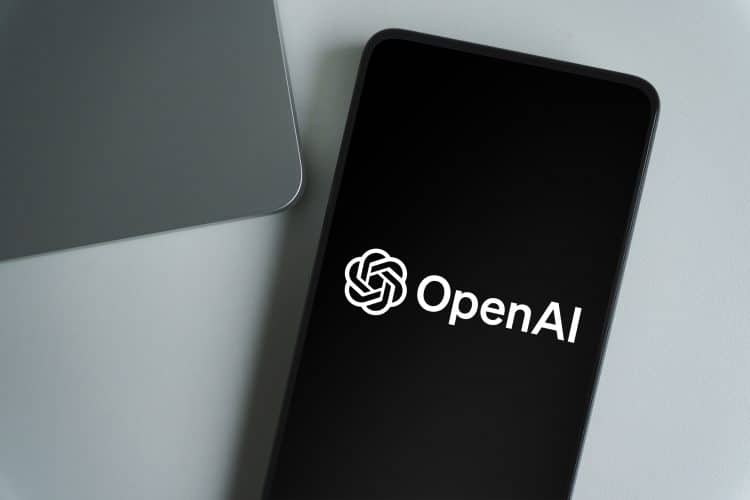OpenAI Launches Flex Processing in API for Developer Support

OpenAI has unveiled a new service tier for developers, named Flex processing, which significantly reduces costs associated with its application programming interface (API). Launched on Thursday, this tier offers developers a chance to cut their AI usage expenses by 50% compared to standard pricing. However, the trade-off includes slower response times and potential resource unavailability. Currently in beta, this feature is designed for specific reasoning-focused large language models (LLMs) and is particularly suited for non-production tasks.
Details of the Flex Processing Service
OpenAI has provided comprehensive information about the Flex processing service on its support page. This new tier is available in beta for the Chat Completions and Responses APIs, specifically compatible with the o3 and o4-mini AI models. Developers can activate this mode by setting the service tier parameter to Flex in their API requests. While the cost savings are substantial, developers should be aware that opting for Flex processing will result in longer processing times. OpenAI has cautioned that users may experience slower response rates and occasional unavailability of resources. Additionally, lengthy or complex requests may lead to API timeout issues.
To mitigate these timeout errors, OpenAI recommends that developers increase the default timeout setting, which is typically set at 10 minutes. This adjustment can help accommodate more extensive prompts and complex requests, thereby reducing the likelihood of encountering errors. The Flex processing tier is particularly beneficial for tasks that are non-urgent or low-priority, such as model evaluations and data enrichment.
Managing Resource Availability
Developers using the Flex processing tier may occasionally face challenges related to resource availability. In such cases, they might receive a “429 Resource Unavailable” error code. OpenAI has advised developers to manage these situations by retrying their requests with an exponential backoff strategy. If timely completion is critical, switching back to the default service tier is also an option. Notably, OpenAI will not impose charges on developers when they encounter this specific error, providing some relief in managing costs.
Cost Comparisons Between Service Tiers
The pricing structure for the o3 AI model under the standard mode is set at $10 per million input tokens and $40 per million output tokens. With the introduction of Flex processing, these costs are halved, bringing the input price down to $5 and the output price to $20. For the o4-mini AI model, the new service tier offers even more attractive pricing, charging $0.55 per million input tokens and $2.20 per million output tokens, compared to the standard rates of $1.10 and $4.40, respectively. This significant reduction in costs makes the Flex processing tier an appealing option for developers looking to optimize their AI usage while managing expenses effectively.
Observer Voice is the one stop site for National, International news, Sports, Editor’s Choice, Art/culture contents, Quotes and much more. We also cover historical contents. Historical contents includes World History, Indian History, and what happened today. The website also covers Entertainment across the India and World.
Follow Us on Twitter, Instagram, Facebook, & LinkedIn

